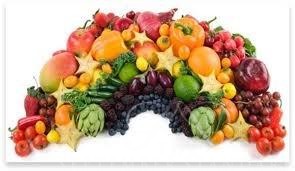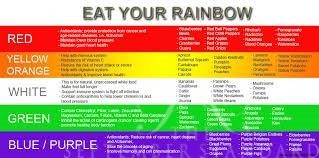The food we eat gives our bodies the “information” and materials they need to function properly. If we don’t get the right information, our metabolic processes suffer and our health declines.
If we get too much food, or food that gives our bodies the wrong instructions, we can become overweight, undernourished, and at risk for the development of diseases and conditions, such as arthritis, diabetes, and heart disease.
“Let medicine be thy food and let food be thy medicine.” — Hippocrates
Instead of viewing food as the enemy, we look to food as a way to create health and reduce disease by helping the body maintain function.
One of the ways Functional Medicine seeks to address declining health is to provide the foods and nutrients needed to restore function. This is a cost effective, non-invasive intervention that aims to stop the progression into disease.
When taking a nutritional approach to health and disease, it is important to understand that one disease might have multiple causes, and one underlying dysfunction might cause multiple diseases. Cardiovascular disease may be among the clearest examples of this concept.
Researchers have shown that the development of heart disease can be triggered by multiple factors. These factors include insulin resistance, elevated homocysteine, oxidative stress, elevated cholesterol, hypertension, heavy metal toxicity, stress, and inflammation. Each of these factors can be influenced by nutrition and each, in turn, impact our nutritional needs. This applies both to the prevention and treatment of these factors (Textbook of Functional Medicine).
Here are a few tips, Remember eat the rainbow!
Red Group (Tomatoes, pink grapefruit, watermelon) these contain the carotenoid lycopene, which helps rid the body of free radicals that damage genes. Lycopene seems to protect against prostate cancer as well as heart and lung disease
Yellow/Green Group (spinach greens, collard greens, mustard greens, turnip greens, yellow corn, green peas, avocado, honeydew melon).These are sources of the carotenoids lutein and zeaxanthin. These are believed to reduce the risk of cataracts and age-related macular degeneration. Lutein is a yellow-green substance that concentrates in the back of your eye. It may also reduce atherosclerosis.
Orange Group (carrots, mangos, apricots, cantaloupes, pumpkin, acorn squash, winter squash, and sweet potatoes) these contain alpha carotene, which protects against cancer. They also contain beta-carotene, which the body converts to vitamin A. It protects the skin against free-radical damage and helps repair damaged DNA. Beta-carotene is also good for night vision. It’s important to note that these beneficial nutrients can be received from other foods, too. For instance, vitamins found in dairy products and meat. But it’s not as beneficial because you get high calories and fat along with it.
Orange/Yellow Group (pineapple, orange juice, oranges, tangerines, peaches, papayas, nectarines) These contain beta cryptothanxin, which helps cells in the body communicate and may help prevent heart disease. In addition, a single orange contains 170 percent of the recommended daily vitamin C. It’s interesting to note that the skin of an orange is high in a protective fat that has been found to kill cancer cells in humans and animals, which highlights the fact that two-thirds of all drugs come from the plant world.
Red/Purple Group (beets, eggplant, purple grapes, red wine, grape juice, prunes, cranberries, blueberries, blackberries, strawberries, red apples) these are loaded with powerful antioxidants called anthocyanins believed to protect against heart disease by preventing blood clots. They may also delay the aging of cells in the body. There is some evidence they may help delay the onset of Alzheimer’s disease.
Green Group (broccoli, Brussels sprouts, cabbage, Chinese cabbage or bok choi, kale, Bitter leaf, Ugwu, Greens) these contain the chemicals sulforaphane and isocyanate and they also contain indoles, all of which help ward off cancer by inhibiting carcinogens.
White/Green Group (leeks, scallions, garlic, onions, celery, pears, white wine, endive, chives) the onion family contains allicin, which has anti-tumor properties. Other foods in this group contain antioxidant flavonoids like quercetin and kaempferol.
How many different kinds of fruit and vegetables do you eat a day or week? You might realize you only eat a few common ones over and over – branch out and eat all the colors and varieties.
————–
For additional information on this and other questions about starting a healthy exercise program, Contact Michelle Bello on Twitter :- gracious_mi , IG:@graciousmi_lifestyle, and like her Facebook page GraciousMI lifestyle













